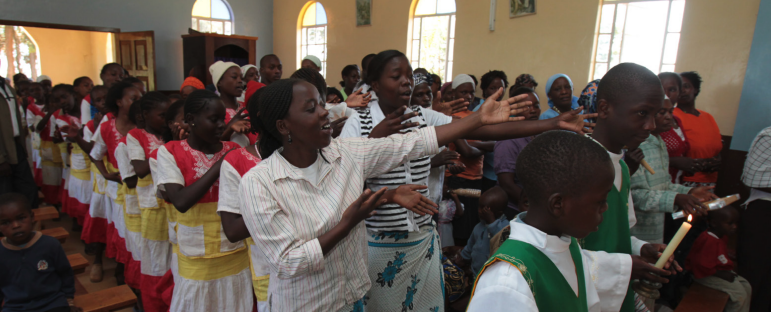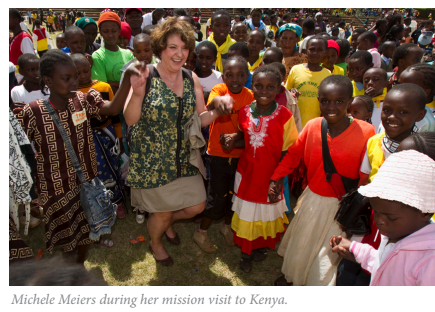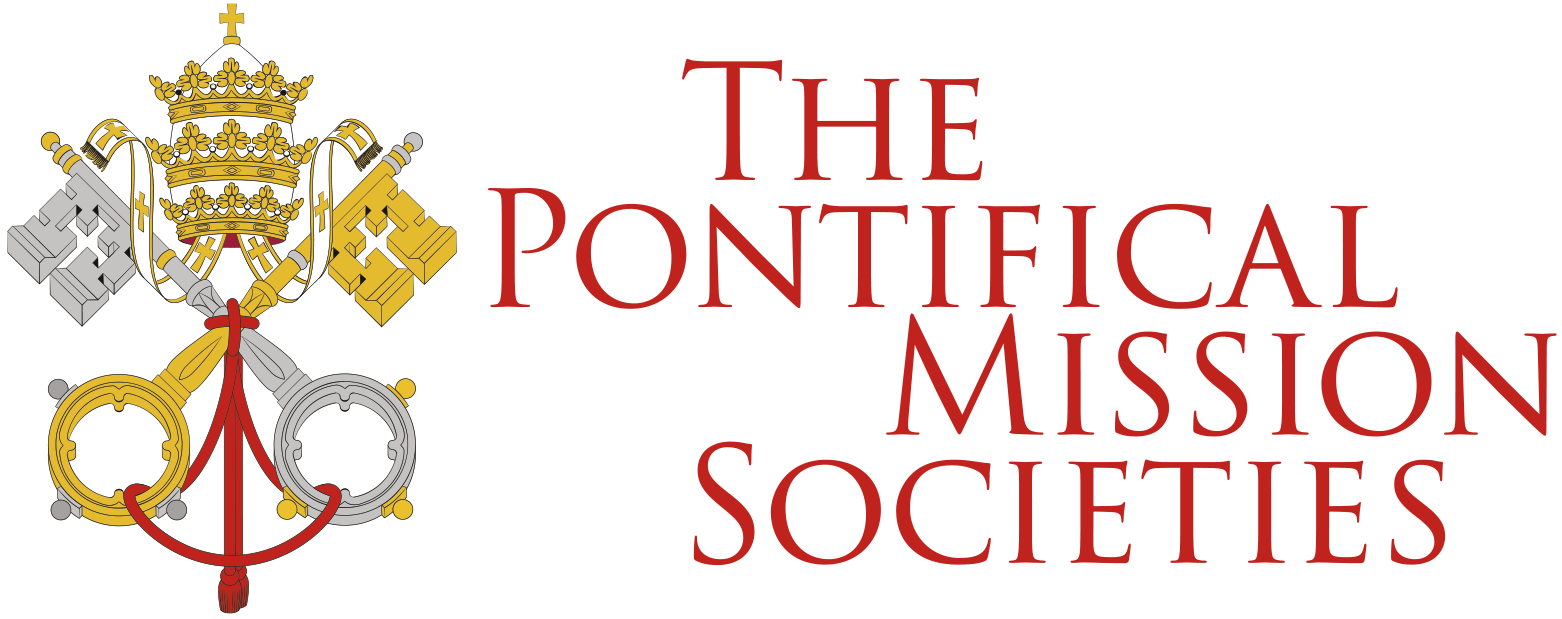
The home was one room made of dirt with a roof of corrugated wafer- thin tin panels. It was so dark that one could hardly see anything. The blackness was all-encompassing.
We encountered Michael, a sick and suffering man, in this dark room. His stomach was enlarged, and no one could determine the cause. He had no money, and he relied on the support of the local priest to survive. He depended on this community to take him to a local clinic for further testing.
He had no diagnosis. No electricity. No running water. No bed: he spent his days and nights lying atop straws and leaves to cushion the dirt floor. The tin roof and the lack of windows under the scorching Kenyan summer sun also meant there was barely any air to breathe. And yet, when you entered this home, where Michael’s outline was barely identifiable, his large, unforgettable eyes shone like two beacons full of hope.
Michael is one of too many people who live in Makuru, a collection of 30 slums in Nairobi, Kenya’s capital city. These “informal settlements” that occupy a five-mile area are home to over 750,000 people who live in one-room dwellings stacked atop each other. Families of four, six, and up to ten people live in corrugated tin boxes with nothing but mud for the floor. For the tens of thousands who left their rural homes fleeing poverty and dreaming of a better life with jobs “in the big city,” a river of sewage serves as a road, unmapped by Google Street View cars.
Michael, whose eyes filled to the brim with hope I cannot forget, is but one of the people I encountered during my mission trip to Kenya. Soon after the oppressive experience of visiting this man, we went to Saint Mary’s parish, which was also located in one of Nairobi’s “informal settlements,” but in a beautiful mountain oasis that reminded me of the story of the Transfiguration of Our Lord.
I felt God’s loving presence the second I set foot in this parish for Mass. He was there among His people. A choir of angels was singing, and all were dancing, praising the Lord, accompanying the choir with these beautiful, bird-like African sounds. In a language that escaped me, the meaning behind these words was clear: “God, we love You, please, hear our prayer!”
The vibrancy of this congregation was contagious. Despite the sweltering heat of the mid-afternoon sun, everyone was dressed in their Sunday best. Crisp white shirts, ties, hand-made skirts, and lovely simple dresses adorned each person, whether 18 months of age or eighty. Seeing them dressed to the nines, I couldn’t avoid wondering how they managed to have their clothes spotlessly clean in a village without electricity or running water, much less a washing machine.
None of the people I was traveling with understood a word of Swahili, the language used during the three-hour Mass. Yet the love for God the faithful had was palpable. They praised Him in every motion and with every word. As the choir—at least a third of those in attendance—sang anthems of praise, as a group of young dancers praised to the rhythm of the music that had everyone glorifying the Lord, it was easy to forget that this incredible spiritual experience was taking place in a poorly ventilated church, with no fans on the roofs, much less air conditioning.
And just when I thought the experience couldn’t be more moving, the climax: a young boy held high on the shoulders of an older man, lifting the Holy Book, came marching down the church’s center aisle. This procession of the Holy Word of God visible from all the corners of Saint Mary’s spoke volumes: “God is with us in His Word, listen.”
During this extraordinary, beautiful Mass, I couldn’t help but feel like the great fathers of the Church, Moses and Elijah, must have felt during the Transfiguration when Jesus was presented to them as the Son of God. In this parish church in Kenya, I felt all three figures were alive, well, and present.
The contrast between these two experiences—the suffering, helplessness, and seeming despair of Michael’s situation and the glorious hope, joy, and deep faith during Mass at Saint Mary’s—poses many questions. One can easily understand how the Eucharist can be such a life-transforming experience. But as I was there, and even to this day, I struggled not to question how it is possible that so many people in the world live in the conditions Michael does. Why can’t we fix it? And yes, even “where is God amidst this much suffering and injustice?”
Three out of five Catholics in the world live in hardship: families barely have one meal a day; there’s no water to quench their thirst or clean their bodies, and more often than not, when there is, they have to walk miles to retrieve it and neither you nor I would be able to stomach drinking it. Corrugated tin, dirt, and cardboard shelter them from the elements, and children often have to drop out of school before they have even learned to read and write.

But I could see God’s reflection in Michael’s eyes.
I worked in Philadelphia’s Pontifical Mission Societies office for many years before I embarked on this life-changing mission trip to Kenya. Up until that point, much like the patroness of the missions, Saint Thérèse de Lisieux, or the founder of the Society for the Propagation of the Faith, Blessed Pauline Jaricot, I was moved to action after hearing the stories of missionary priests and religious brothers and sisters, who over the phone or visiting our archdiocese, shared their lives and ministries with me.
Upon hearing from them, I made it my mission to echo those voices, inspire others to pray for the missions, and sacrifice to help others proclaim Jesus’ love for all, like Saint Thérèse and Blessed Pauline did, despite never leaving their native France.
In Nairobi, I was able to touch the wounds of Christ and also experience his redeeming glory. The hope in Michael’s eyes, the joy in Saint Mary’s church, can only be explained as a gift from God. If that joy they radiated wasn’t a gift from Christ, rooted in the knowledge of His love, it would not last a minute under that oppressive sun.
My visit to Kenya forever changed my life and helped me understand what we mean when we say that God calls us all to service, even in different ways. We are all called, by our baptism, to be missionaries and to “go and make disciples of all nations”, being witnesses and giving testimony of our faith. And we are each called to answer this command in different ways. As my good friend and fellow Pontifical Mission Societies director, Maureen Heil from Boston, says, “Some give by going—others go by giving.” And sometimes, we get to be both!



